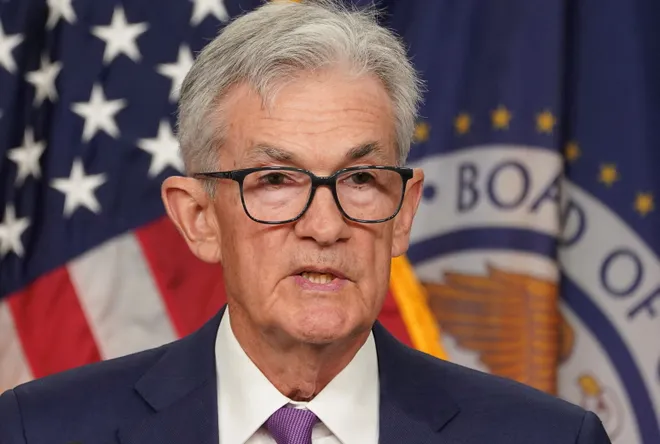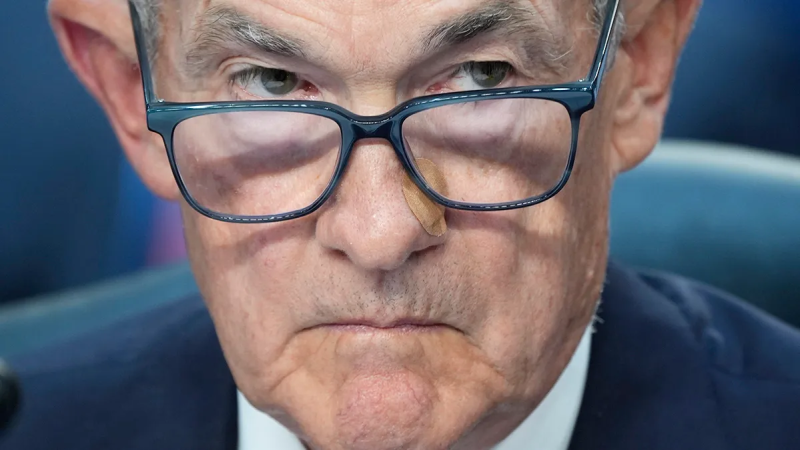Interest rate cut coming soon, but Fed likely won't tell you exactly when this week
This week’s Federal Reserve meeting probably won’t result in an interest rate cut, but it will likely lay the ground for one in September, most economists predict.
The Fed’s benchmark, short-term rate has stood at a 23-year high of 5.25% to 5.5% since July 2023 as the Fed waits for inflation to cool further. Annual inflation dipped in June to 3.0 % from 3.3% the prior month – far below the two-decade high of 9.1% in June 2022, but still above the Fed’s 2% goal. The core rate, excluding volatile food and energy prices, fell to 3.3%, the lowest since April 2021.
Most economists expect only hints the Fed might consider a rate cut soon when its two-day policy meeting ends on Wednesday. They believe inflation is trending in the right direction and two more months of cooler inflation reports will give the Fed room to ease rates.
Where the economy stands:Key data points in the Fed's interest-rate decision
But “the hint will be subtle,” wrote Ryan Sweet, chief U.S. economist at research firm Oxford Economics, in a note. “Those looking for a clear signal will be disappointed.”
Learn more: Best current CD rates
Interest rates are the main tool the Fed uses to lower inflation. High rates make borrowing more expensive, which slows spending and the economy, generally easing inflation.
Why can’t the Fed give a clear timeline for rate cuts?
Easing inflation is a “requirement – but not sufficient on its own – for a September interest rate cut,” said James Knightley, chief international economist at Dutch bank ING.
The Fed also must see more evidence the labor market and consumer spending are softening, he said.
“We’ve seen many times this cycle that the pace of disinflation is non-linear,” said BeiChen Lin, investment strategist at Russell Investments. “Given that the labor market and economic activity in the U.S. are still relatively robust for now, I think Powell may give only muted hints about the policy action in September.”
The unemployment rate in June inched up to 4.1%, the highest since November 2021, from 4.0% in May, mostly because more people are looking for jobs, not losing jobs, Knightley said.
Meanwhile, consumer spending remains resilient, growing a solid 2.3% annualized from April through June, above the 1.5% pace early this year but just below the more than 3% clip in the second half of 2023.
Should the Fed be more flexible?:Should the Fed relax its 2% inflation goal and cut interest rates? Yes, some experts say.

What will the Fed say?
The Fed’s likely to express “’greater confidence’ that inflation is sustainably moving toward 2%,” wrote Parthenon EY's chief economist Gregory Daco, in a note, but inflation won’t be the only thing on the Fed’s mind this time.
“It is noteworthy that Powell has begun to emphasize the downside risks to the economy and the labor market if the Fed were to wait too long, or be too cautious, in reducing interest rates,” Sweet said.
Although recent economic data show resiliency, “consumer fundamentals may not be quite as solid as they once appeared,” said Michael Feroli, JP Morgan’s chief U.S. economist, in a report.
With soft inflation-adjusted income growth, the savings rate fell to an 18-month low of 3.4% in June and lower-income households are getting stretched, Feroli said. Already depressed confidence measures are also falling, and jobless claims are trending higher.
Coupled with easing inflation, the Fed’s two goals – maximum employment and stable prices – are coming back into balance, which economists expect the Fed to acknowledge. However, the Fed will also say it needs to see more data to be sure, they said.
Sweet expects the Fed to say “while the unemployment rate has risen, it remains historically low" and inflation has eased “but remains above the committee's 2% objective.”

When might the Fed give a clearer rate cut sign?
Powell will have another opportunity to talk about interest rates at an Aug. 22-24 meeting in Jackson Hole, Wyoming, where officials and economists from around the globe discuss policy.
The Fed will probably alter its language this week “to reflect the growing likelihood of a cut at the following meeting, (but) we suspect Chair Jerome Powell will wait until the Jackson Hole Symposium in August to tee up the move more explicitly,” said Stephen Brown, deputy chief North America economist at Capital Economics, in a note.
Medora Lee is a money, markets, and personal finance reporter at USA TODAY. You can reach her at mjlee@usatoday.com and subscribe to our free Daily Money newsletter for personal finance tips and business news every Monday through Friday morning.
Disclaimer: The copyright of this article belongs to the original author. Reposting this article is solely for the purpose of information dissemination and does not constitute any investment advice. If there is any infringement, please contact us immediately. We will make corrections or deletions as necessary. Thank you.







